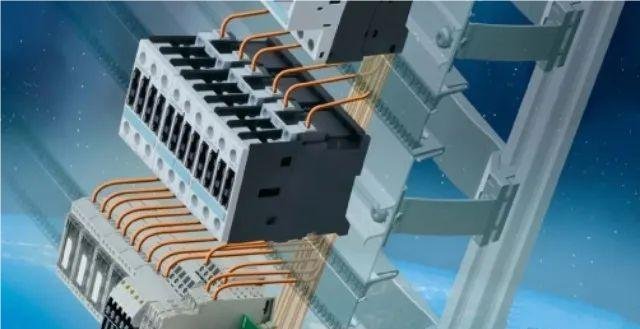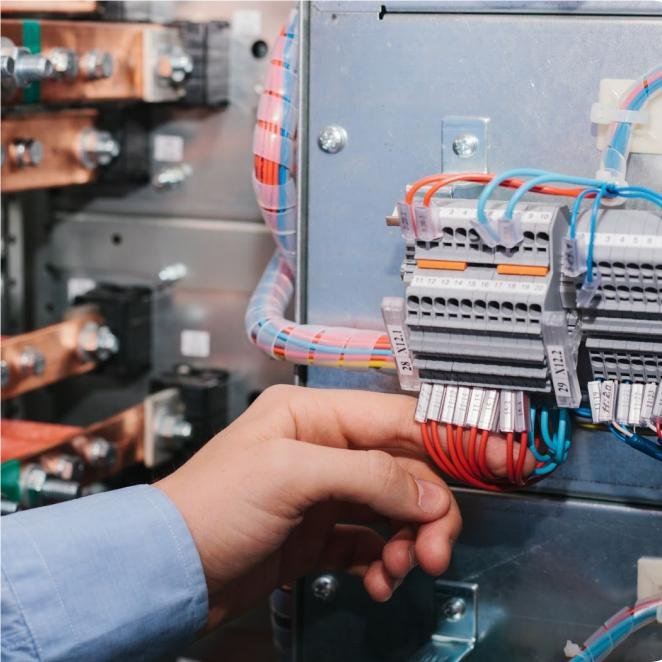Preventing Lightning Strikes on Low-Voltage Wiring Systems
Certain cables and low-voltage equipment are vulnerable to lightning strikes if not adequately protected. This can lead to economic losses and, more seriously, pose threats to human life. So, how can we prevent lightning strikes from affecting these systems?
Protection should be categorized based on the different functions of electrical and microelectronic equipment, their protection procedures, and the respective protection layers. Implement multi-level and multi-layer protection across all systems, from power lines to data communication lines, network cables, and optical cables, to safeguard against potential lightning hazards.

1. External Passive Protection:
In the 0-level protection zone, external passive protection is primarily achieved through lightning rods (networks, wires, and strips) and grounding devices (ground wires and electrodes). The protection principle is as follows: When a thundercloud discharge approaches the ground, it distorts the ground electric field. This distortion creates a strong electric field at the top of the lightning rod (or wire), influencing the direction of the lightning’s leader discharge. The lightning is guided to strike the lightning rod (or wire), and then, through the grounding lead and grounding device, the lightning current is diverted into the earth, thus protecting the object from being struck by lightning.
2. Grounding Systems:
A robust grounding system is essential in the construction of computer rooms and various low-voltage rooms. All lightning protection equipment requires a grounding system to safely discharge lightning currents into the ground, protecting equipment and ensuring personal safety. A poorly implemented grounding system can lead to equipment failures, damaged components, and even pose a severe threat to human life. Additionally, issues such as interference shielding and static electricity must be addressed through a sound grounding system.
3. Internal Protection:
Power Supply Protection:
Lightning primarily invades through power supply lines. A “power surge protector” is connected in parallel with the power lines to suppress transient overvoltage and discharge surge currents. Typically, three levels of protection are configured from the main power entry to the end-use equipment. This gradual pressure-limiting and discharging process incrementally dissipates lightning energy, ensuring the safety of electrical equipment.
According to national regulations, overvoltage protection should be divided into three sections:
- First Level Protection: Install surge protectors on both ends of the internal core wires of the cable from the high-voltage transformer to the building’s main distribution board.
- Second Level Protection: Install surge protectors on both ends of the internal core wires of the cable between the building’s main distribution board and the floor distribution box.
- Third Level Protection: Install surge protectors on the front end of all important and precise equipment, as well as the UPS.
Signal Protection:
Signal systems require both coarse and fine protection. Coarse protection levels are determined by the protected zone level, while fine protection is based on the sensitivity of the electronic equipment. A “signal surge protector” is connected to the signal line, capable of cutting off the path of lightning entering the equipment and quickly discharging to the ground. Simultaneously, it ensures that the signals passing through the surge protector remain unaffected, allowing the equipment to function normally.



